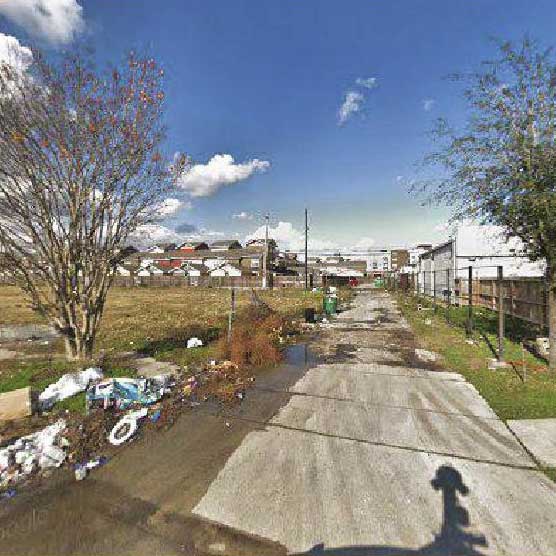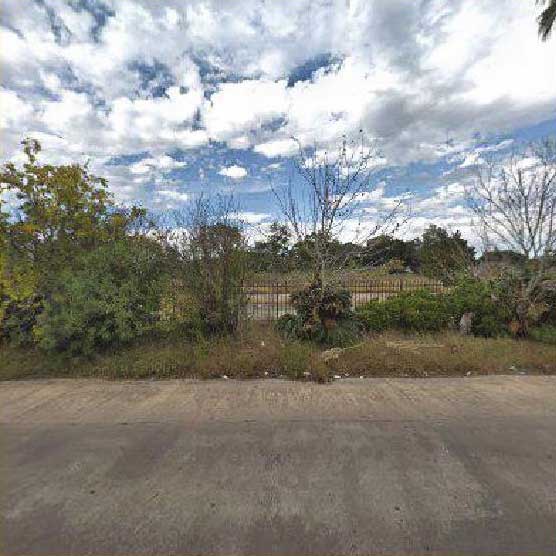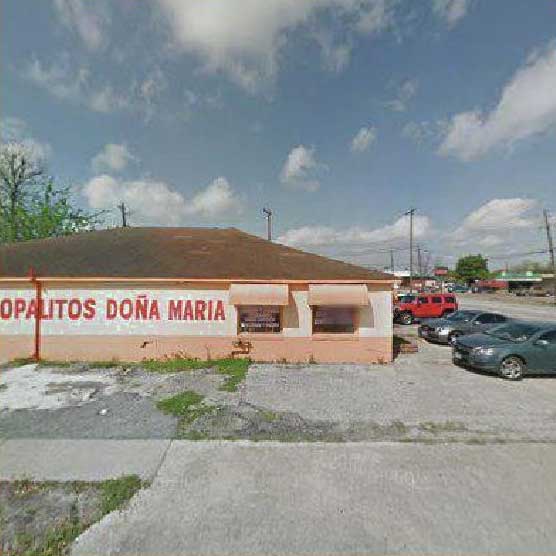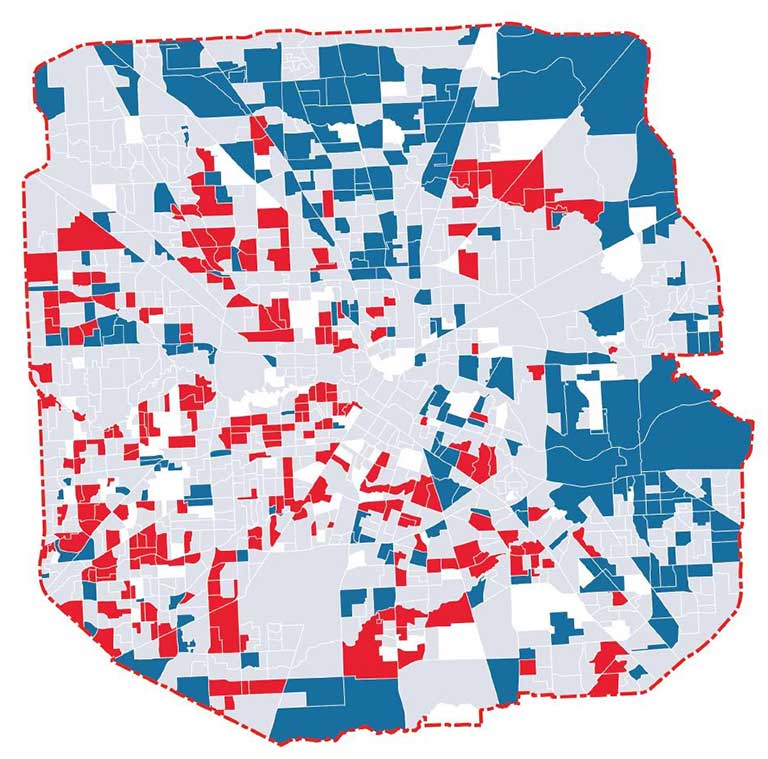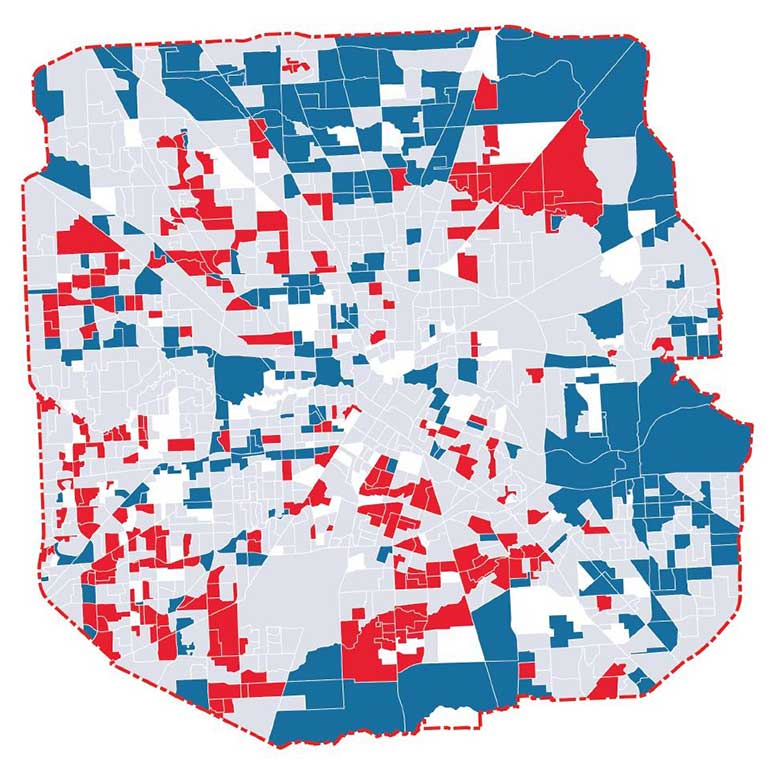
RESEARCH HIGHLIGHT
Perception bias: Deciphering a Mismatch Between Urban Crime and Perception of Safety
PURPOSE
In his research, Dr. Yujie Hu explores how to answer one question—are places looking safe really safe or vice versa?
 DR. YUJIE HU
DR. YUJIE HU
Step 1: Evaluate People’s Risk Perception
Utilize deep learning to analyze 384,180 Google Street View images and evaluate people’s risk perception of streets and neighborhoods in Houston. Below are sample images that demonstrate perceived high and low safety scores.
ROW A: IMAGES WITH HIGH SAFETY SCORES
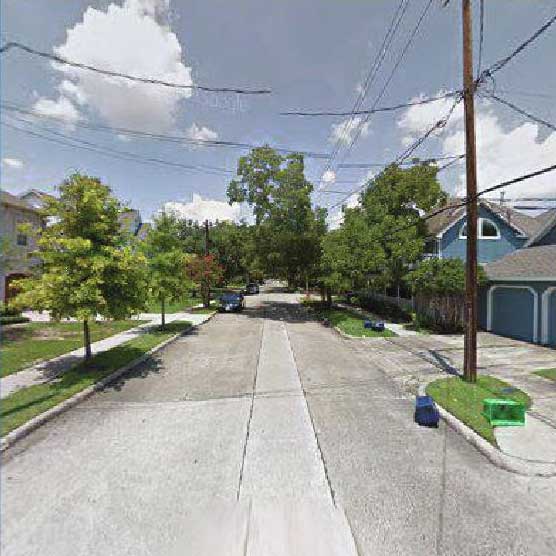
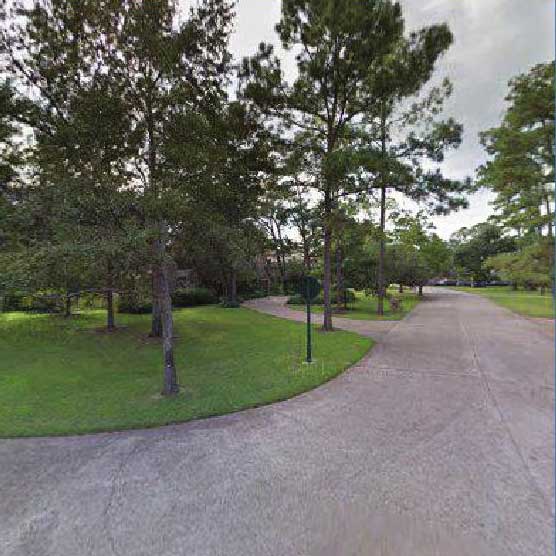

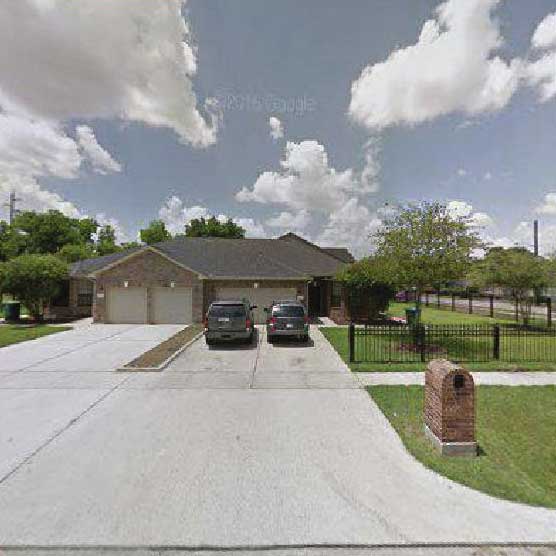
ROW B: IMAGES WITH LOW SAFETY SCORES
